The Cheongsam Fabric:A Journey into the World of Qipao Textiles
In the realm of traditional Chinese attire, the cheongsam stands out as a symbol of elegance and cultural heritage. A pivotal aspect of this garment's essence lies in its fabric, a rich tapestry of intricate patterns and exquisite craftsmanship. This article delves into the fascinating World of qipao fabric, exploring its history, materials, and the art of its creation.
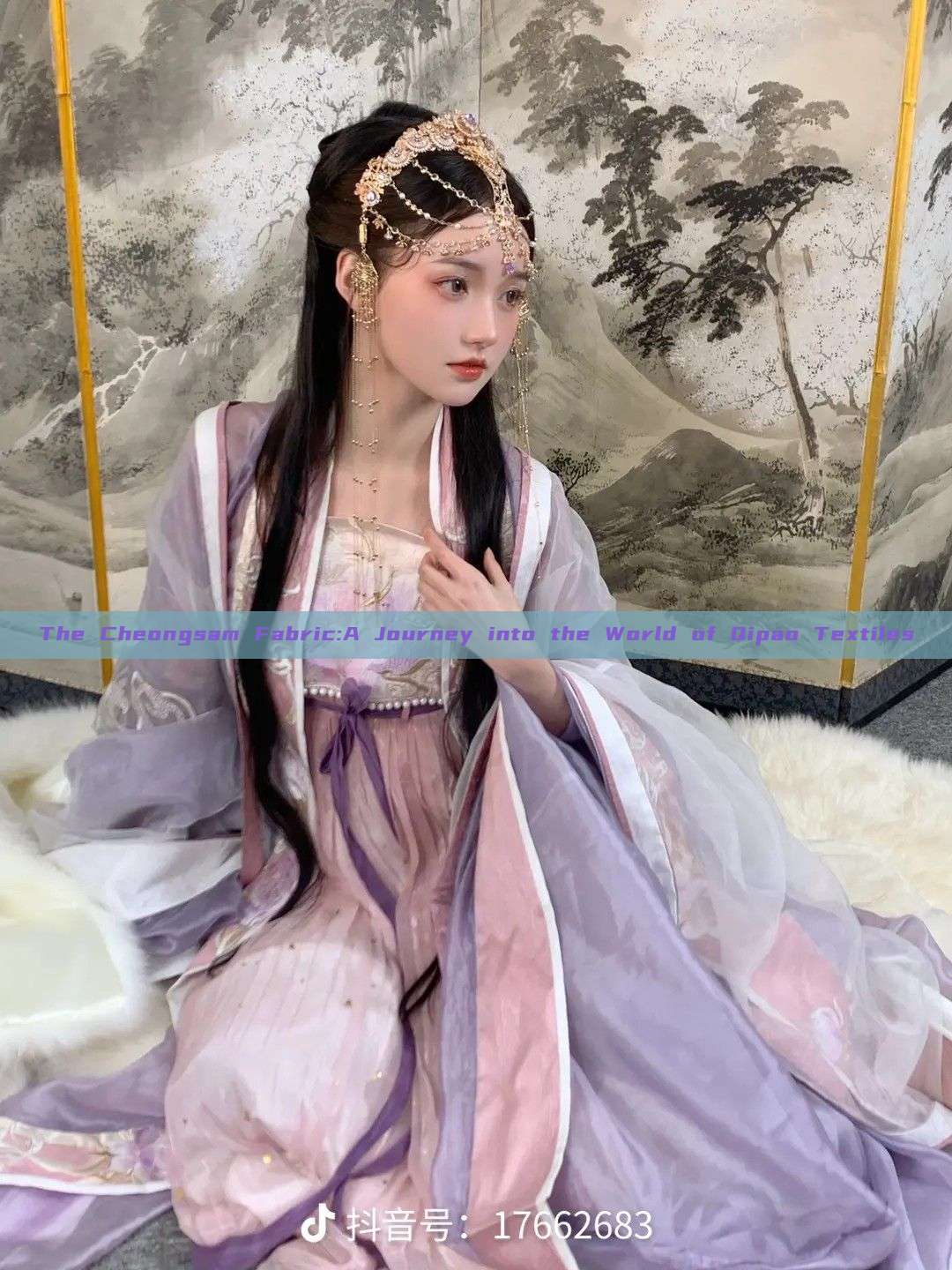
History of Qipao Fabric
The cheongsam, often referred to as qipao in Chinese, has a rich history dating back to the Manchu dynasty. The fabric used for these garments has evolved over time, reflecting a blend of cultural influences and technological advancements. Silk has always been the most prestigious material for qipao, but other fabrics like cotton and synthetic blends have also found their place in the making of this traditional attire.
Materials Used in Qipao Fabrication
The choice of fabric for a cheongsam is crucial as it not only determines the garment's aesthetic value but also its comfort and durability. Here are some common materials used in qipao fabrication:
-
Silk: Silk remains the most prestigious choice for cheongsam fabric due to its natural luster, softness, and durability. It comes in various forms like reeled silk, woven silk, and embroidered silk, each adding a unique touch to the qipao's elegance.
-
Cotton: Cotton is a more affordable alternative to silk and is often used in everyday qipao designs. It's sturdy and breathable, making it comfortable to wear during warm weather.
-
Synthetic Blends: Modern cheongsam designs often use synthetic blends like nylon or polyester, which are easy to maintain and available in various colors and patterns. These fabrics offer good elasticity and are often used in more casual wear qipao designs.
The Art of Qipao Fabrication
The art of qipao fabrication is a meticulous process that involves various techniques like weaving, embroidery, and printing. Here are some key aspects of qipao fabrication:
-
Pattern Design: The design of a qipao is often influenced by traditional motifs and symbols that hold cultural significance. These patterns are often hand-drawn or digitally designed and are then transferred onto the fabric using various techniques.
-
Weaving: The fabric is woven using traditional looms or modern machines. The weaving process involves intricate patterns and designs that are integral to the final look of the qipao.
-
Embroidery: Embroidery is an integral part of qipao fabrication, adding a touch of elegance and detail to the garment. Threadwork, beadwork, and sequins are often used to create intricate designs on the fabric.
-
Printing: Printing techniques like block printing or digital printing are used to add colors and patterns to the fabric. These prints often reflect traditional themes or cultural motifs associated with Chinese culture.
Conclusion
The world of qipao fabric is a rich tapestry of history, culture, and craftsmanship. The choice of fabric not only determines the aesthetic value of the cheongsam but also its comfort and durability. As we delve into the art of qipao fabrication, we are reminded of the skilled craftsmanship and attention to detail that goes into creating this traditional attire. The cheongsam continues to stand as a symbol of Chinese culture and heritage, with its fabric playing a pivotal role in its essence and beauty.(共约 1500 个单词)
Related Recommendations
-
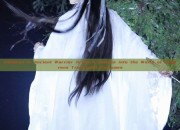
Children in Ancient Warrior Armor:A Glimpse into the World of Childrens Traditional Costumes
-
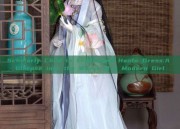
Scholarly Child in Traditional Hanfu Dress:A Glimpse into the World of a Modern Girl
-
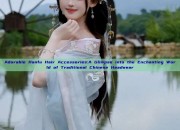
Adorable Hanfu Hair Accessories:A Glimpse into the Enchanting World of Traditional Chinese Headwear
-
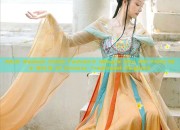
Adult Womens Hanfu Fashion:A Glimpse into the Fairy-like World of Chinese Traditional Elegance


